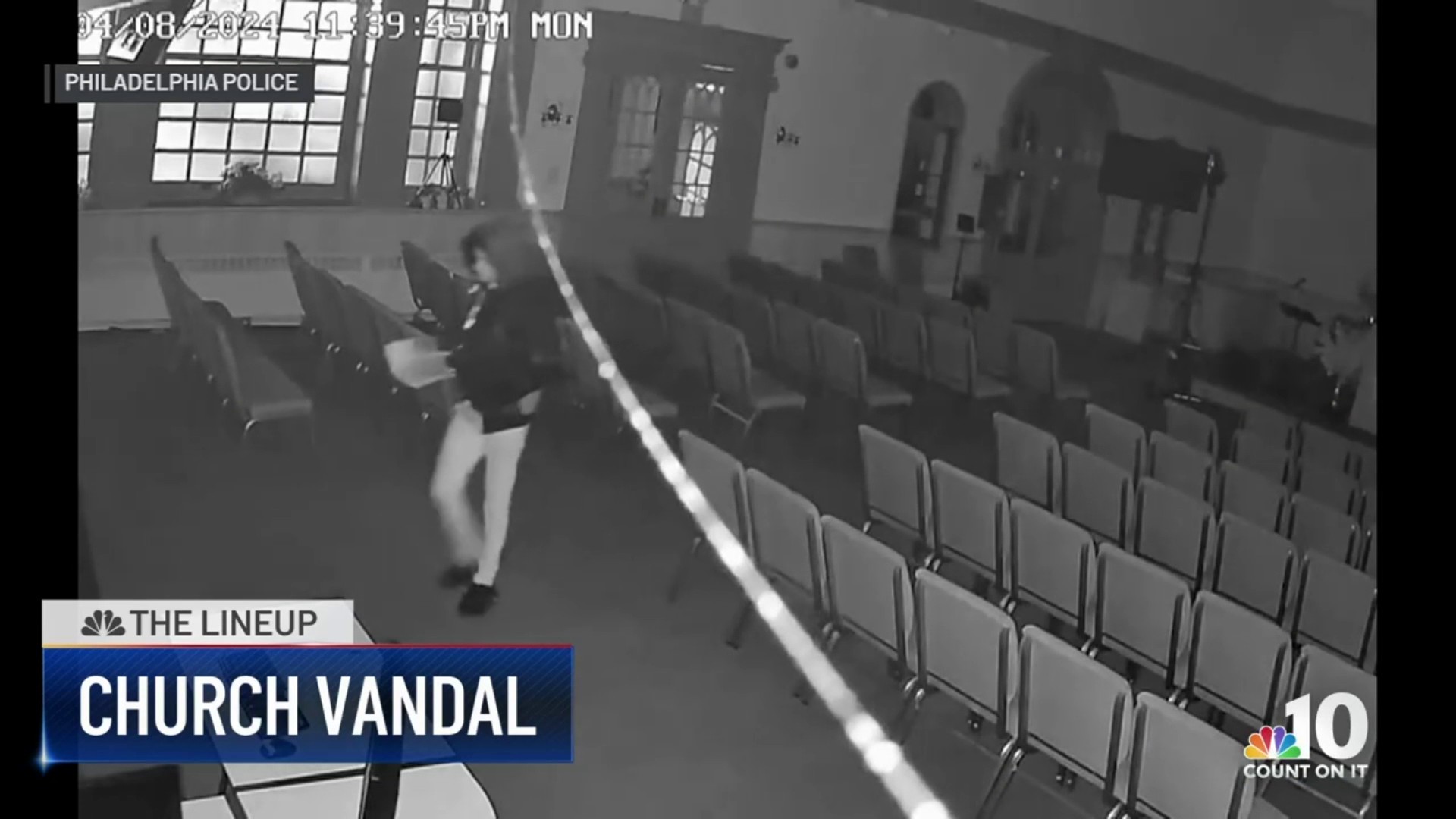The concept behind the massive solar project sounded simple enough: borrow $88 million to install panels on public buildings in Morris, Somerset and Sussex counties and then sell excess electricity, using the revenues to pay off the debt.
The concept was called the "Morris model,'' held up nationally as an example of how to produce renewable energy through public-private partnerships. It was the second project of its kind and the previous one was hailed as a success.
But now, nearly four years later, NJ.com reports that taxpayers could be on the hook for tens of millions of dollars the counties owe bondholders, after work ground to a halt amidst cost overruns and lawsuits.
What's more, the $88 million that must be repaid to bondholders for the 71 projects could cause "unmitigated disaster'' to the three counties, according to court filings.
Negotiations are under way involving "more attorneys than could fit on a bus'' to ease the financial pain of the incomplete projects and to possibly salvage the work, officials said.
"The bondholders will be paid, regardless of how,'' said John Eskilson, the Sussex County administrator.
The ambitious plans called for a developer, SunLight General, to use $88 million in borrowed money to erect thousands of solar panels atop schools and other public buildings in the three counties. They would repay the counties with the future solar revenues and local governments would get cheaper electricity.
Local
Breaking news and the stories that matter to your neighborhood.
But the market for state solar-energy tax credits -- a key part of the deal -- plummeted in the months after the deal was struck. Cost overruns mounted, and the developer and contractor became embroiled in a dispute that ended in lawsuits, according to court papers. Work ground to a halt. And while the projects in Somerset were mostly completed, only about half were completed in two of the counties, Morris and Sussex.
The parts of the projects which were completed have made money, Eskilson said. The Sussex solar revenues, for instance, amount to about $1 million annually, officials estimate.
The dispute between the developer and contractor continued, even after the work stopped. Last year, arbitrators awarded the contractor, Power Partners Mastec of North Carolina, $66.3 million for the work they'd completed, and the solar panels they'd bought, according to the latest court filing.
Now the counties are wading into that dispute between the companies to salvage the project. The negotiations, running since August, are aimed at getting the solar development going again, so the counties can continue to repay their main debt: the $88 million to the bondholders, Eskilson said.
"These bonds were issued by the county. They have to pay,'' said Irfan Bora, a professor of Governmental Accounting at the Rutgers Business School. "The bondholders want to get paid - and they will get paid.''
"We're close to a settlement,'' said Mike Amorosa, the administrator for Somerset County. "How those debts get paid -- that's what's at issue right now.''
The bond payments are already a notable chunk of the annual county budgets.
In 2014, Sussex's $100 million budget included a $2.7 million payment for the amount borrowed. Sussex still must pay off $24 million of the total $27.7 million it borrowed over future years. The county also stands to budget nearly 3 percent of its annual budget for the bond repayments. But Eskilson said that wouldn't necessarily mean a cut in services - or a tax increase.
Morris made a $3.4 million payment on the bonds last year - roughly 1 percent of its $317 million budget total and 10 percent of the $33.1 million bond. Somerset had a $231 million budget in 2014, and paid off $1.3 million of the borrowed $26.8 million, according to its adopted budget. Officials from both Morris and Somerset counties declined to talk about the bond repayment status, citing the negotiations.
In the ongoing talks, a potential bankruptcy could complicate matters. SunLight, the developer, has been awarded about $700,000 in public bond money to hire a law firm specializing in bankruptcy cases, according to the court papers. The consequences of a SunLight bankruptcy would be dire, lawyers said in the court documents.
"Every party in this case seems to be on the same page with respect to the idea that bankruptcy for the SunLight Companies would be an unmitigated disaster for all,'' said Sussex County in a Sept. 19 court filing.
The administrators from Somerset, Morris and Sussex counties all say they could reach an agreement on how to pay the millions owed to the contractor, after months of negotiations, officials said. That agreement, some said, could come in weeks, if not days.
Eskilson said, "We may see some global settlement. There are lengthy, detailed and ongoing discussions.''
"We've been working very diligently to attempt to resolve the situation outside of the courtroom,'' said John Bonanni, the Morris administrator.
Louis Modugno, the attorney for Power Partners Mastec, who authored the latest court filing, declined comment -- as did Brendan Walsh, an attorney for SunLight.
At least in this case, the Morris Model did not weather the tumultuous market, said Bora.
"This was really considered to be a unique model,'' said Bora. "Apparently, things didn't didn't work out.
"The question is, what happens now?'' the Rutgers professor added. "The counties are still on the hook for that $88 million.''



